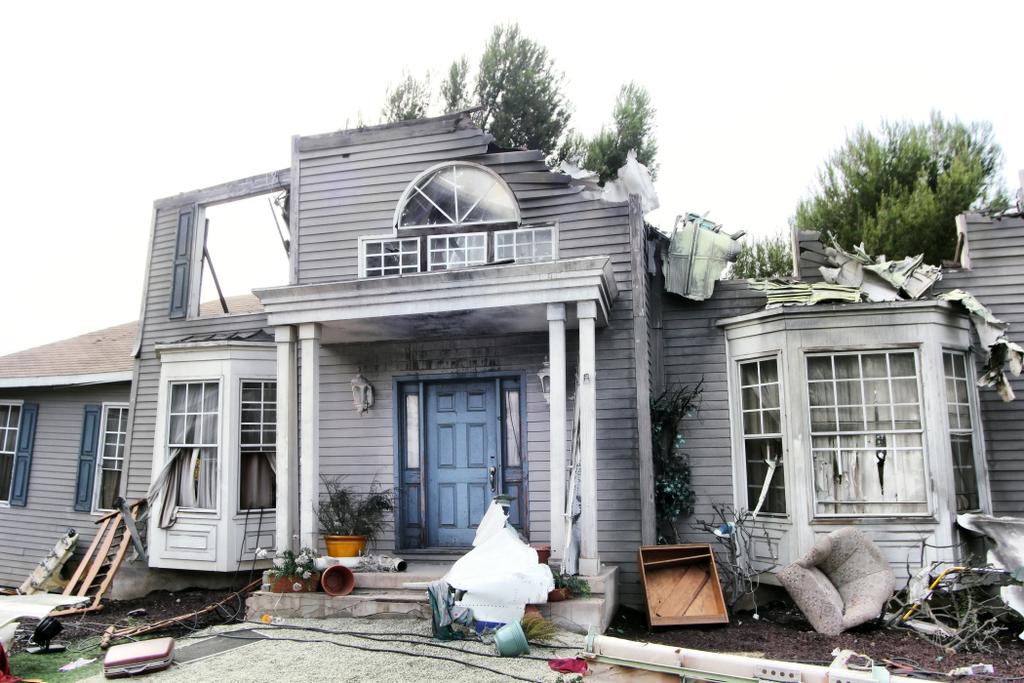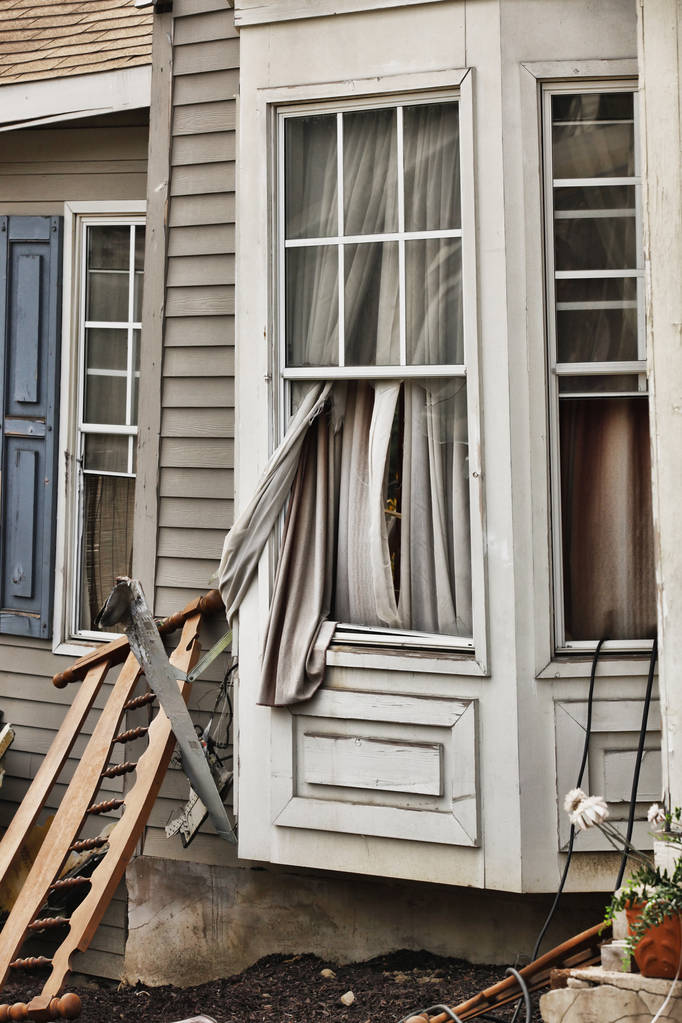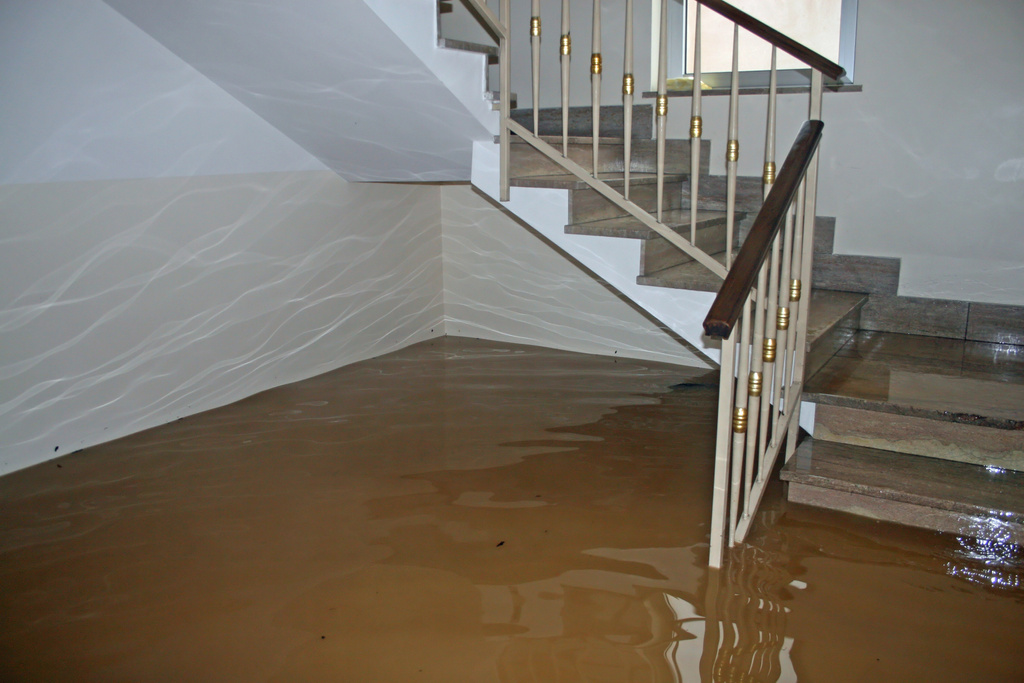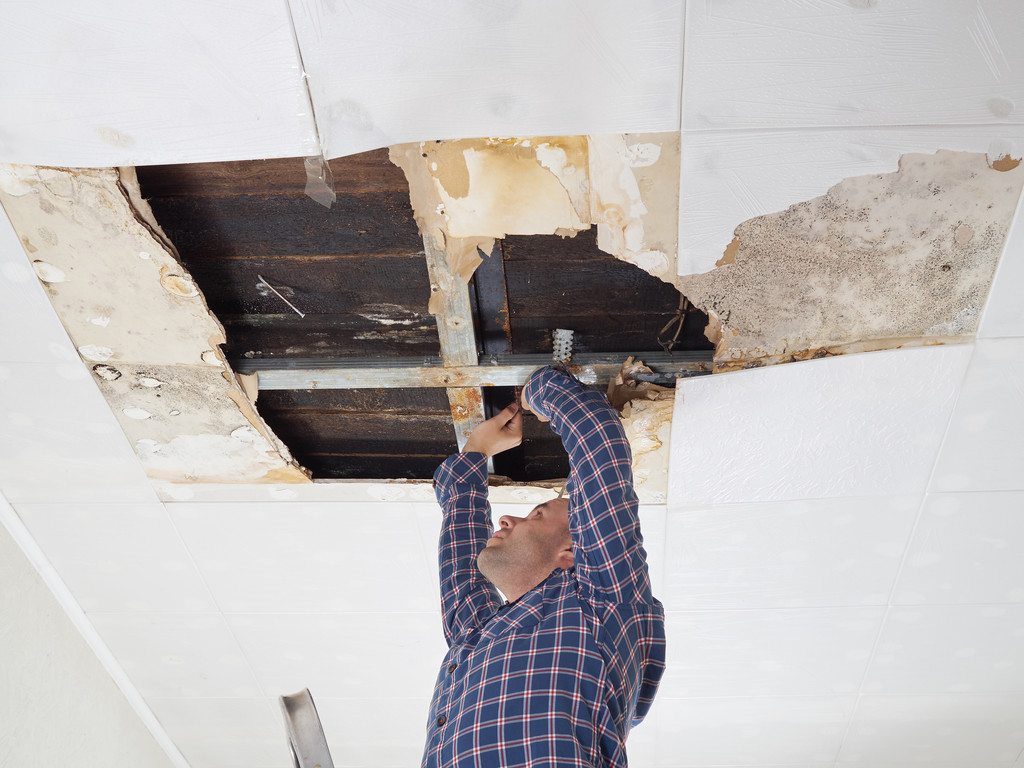Whether you live in Longmont, Colorado, or any other place around the world, the weather can pose a serious threat to your home. From heavy rain and wind to snow and hail, Mother Nature can wreak havoc on your property if you’re not prepared. In this article, we’ll discuss some essential tips on how to protect your home from weather damage and ensure the safety and well-being of your loved ones.

Roofing: The First Line of Defense
Your roof is the primary shield against weather elements and plays a critical role in protecting your home. In areas like Longmont, where seasonal weather can shift dramatically, having a well-maintained roof is vital.
Proper roofing can help prevent leaks, insulation issues, and structural damage caused by snow, rain, and hail. Given Longmont’s snowy winters and occasional severe storms, even minor issues like loose shingles can lead to bigger problems if not addressed promptly.
When considering the state of your roof, start by inspecting for common signs of wear, such as missing or damaged shingles, granule loss, and sagging areas. If your roof is more than 20 years old, it might be time to consult with professionals to determine if a replacement is needed. Having a solid, weather-resistant roof can save you from costly repairs down the line.
Additionally, the choice of roofing material matters. Asphalt shingles, metal roofing, and clay tiles each offer varying levels of protection depending on the climate. Asphalt shingles are common and budget-friendly, while metal roofing can be a durable option for heavy snowfall, providing longevity and strength.
No matter your choice, regular inspections and maintenance should be prioritized to keep your roof in top shape year-round. Get in touch with Longmont Roofers for expert advice, inspections, and repairs to keep your roof in top condition and make sure your home stays protected from the elements year-round.
Siding: Shielding Your Home from Harsh Elements
Siding serves as the protective outer layer of your home, safeguarding it from wind, rain, snow, and fluctuating temperatures. In regions like Longmont, where temperature shifts and strong winds are common, durable and well-maintained siding is essential.
Beyond its protective role, siding also enhances the aesthetic appeal of your home, adding to its value.
The key to effective siding is choosing the right material for your climate. Vinyl siding is popular due to its affordability and resistance to moisture. Fiber cement siding offers a more robust defense against fire, pests, and extreme weather, while wood siding provides a classic look but may require more upkeep in areas prone to wet conditions.
Routine inspections are crucial for identifying any warping, cracks, or loose panels that could allow moisture to infiltrate your home, leading to mold, rot, and structural damage.
Properly installed and maintained siding helps insulate your home, keeping it energy-efficient by reducing heat loss during winter and minimizing heat absorption during summer. Weatherproofing your siding through caulking and sealing gaps can further enhance its protective qualities.
In the Longmont area, harsh UV exposure during the summer can cause fading and cracking, so consider investing in UV-resistant options to prolong the lifespan of your siding.
Regular cleaning and timely repairs are simple steps you can take to keep your siding functioning effectively year after year.
Windows: Insulation and Weather Resistance

Windows are more than just a source of natural light; they play a significant role in insulating your home and protecting it from the elements. In Longmont, where winters are cold and summers can get quite warm, energy-efficient windows are crucial for maintaining a comfortable indoor environment.
Inefficient windows can result in drafts, moisture buildup, and higher energy bills due to poor insulation.
Upgrading to double-pane or triple-pane windows can provide better insulation, reducing the amount of heat transferred in and out of your home. These windows often come with insulating gas between the panes, which helps to maintain a stable indoor temperature.
Additionally, modern windows are designed to resist strong winds and heavy rain, preventing potential leaks and damage. In Longmont’s varying climate, these features can be a game changer.
Window seals and frames also deserve attention. Over time, seals can deteriorate, allowing drafts and water to seep in, leading to moisture damage and increased energy consumption. Regularly inspect the seals and caulk any gaps to improve your windows’ weather resistance.
Window films can also be applied to reduce glare and UV exposure, preventing fading of interior furnishings. By investing in high-quality windows and performing routine maintenance, you can better insulate your home and keep it safe from harsh weather conditions.
Drainage Systems: Preventing Water Damage

Proper drainage is often overlooked, but it is a vital component in protecting your home from weather damage. Poor drainage can lead to water pooling around the foundation, which can cause cracks, basement flooding, and structural instability.
In Longmont, where heavy rainfall and snowmelt are common, ensuring effective drainage systems is essential.
Gutters and downspouts are the first line of defense against water damage. They direct water away from your home’s roof and foundation. It’s crucial to keep gutters clean and free from debris like leaves, twigs, and dirt, which can cause blockages.
Blocked gutters lead to overflowing, which can damage your siding, roof and even cause basement leaks. Downspouts should be directed at least six feet away from your foundation to prevent water from seeping into your home.
In addition to gutters, a well-maintained grading system around your home can help redirect water away from your foundation. If the ground slopes towards your home, water will pool near the foundation, leading to potential damage. Proper grading guarantees that water flows away, minimizing the risk of flooding.
Consider installing French drains or a sump pump if your home is prone to water accumulation. These systems help divert excess water away from your property, protecting both your foundation and landscaping.
In Longmont, Colorado, taking proactive steps to weatherproof your home can save you from costly repairs and maintain your property’s value. By focusing on key areas like roofing, siding, windows, and drainage systems, you can protect your home from the diverse and sometimes harsh weather conditions in the area.
Regular inspections, timely maintenance, and the right materials will keep your home resilient, comfortable, and safe.
Weather can be unpredictable, but by staying on top of maintenance and addressing issues as they arise, you can minimize the impact of Longmont’s weather on your home.
By following these simple yet effective tips, you can protect your home from weather damage and ensure its longevity and safety for years to come. Remember, a little preparation now can save you thousands of dollars in repairs later. Stay safe and secure, no matter what the weather throws your way!
